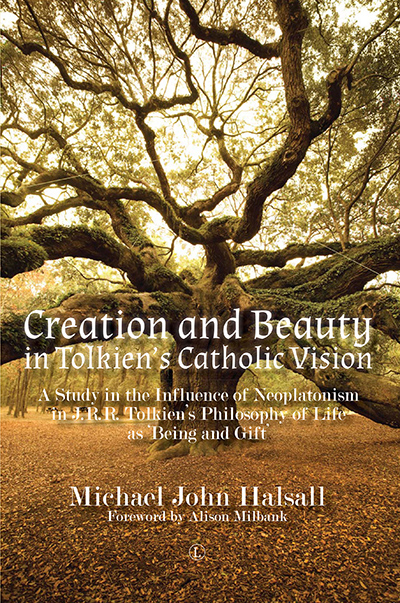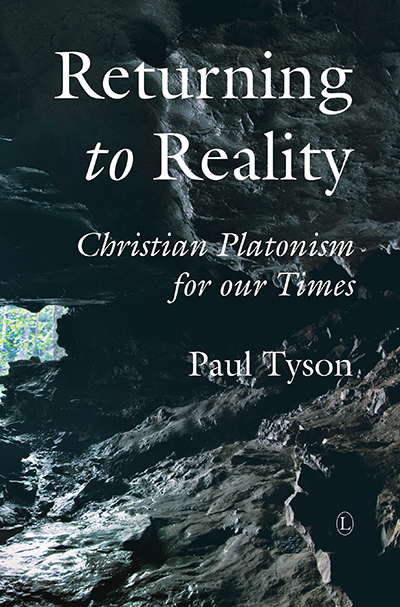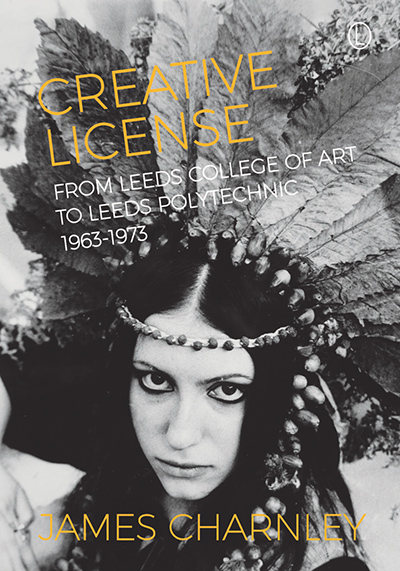Description
Creation and Beauty in Tolkien’s Catholic Vision invites readers into the world of J.R.R Tolkien through the lens of a variety of philosophers, all of whom owe a rich debt to the Neoplatonic philosophical tradition. This book places his mythology against a wider backdrop of Catholic philosophy and asks serious questions about the nature of creation, the nature of God, what it means to be good, and the problem of evil. By setting Tolkien alongside both his contemporaries and ancient authors, Halsall reveals how he was inspired by them his careful use of literary devices inspired by them to craft his own ‘mythology for England’.
About the Author
Michael Halsall is a Catholic priest and teaches Philosophy at Allen Hall, London.
Contents
Foreword by Alison Milbank
Author’s Preface
Acknowledgments
List of Abbreviations
1. Prolegomenon to the Sub-Creative Genius of Tolkien amongst His Contemporaries
2. Creation and the Metaphysics of Music: Tolkien’s Philosophy of Createdness as ‘Gift’
3. The Concept of Life as ‘Being and Gift’ in Tolkien’s Literary Corpus
4. Tolkien, Eriugena, and the Conjoining of Borrowed Traditions
5. A Diversion towards Mutability and the Possibility of Evil
6. Concluding Comments: There and Back Again
Appendices
Appendix A: Michelangelo’s Statues in the Accademia, Florence
Appendix B: A Synopsis of The Tale of Tinúviel: Of Berenand Luthien
Appendix C: Three Crosses in the Churchyard of Whalley Abbey, Lancashire
Appendix D: The Standard of the King of Gondor
Appendix E: Iconography in the Book of Kells
Bibliography
Endorsements and Reviews
This is a rich engagement at all levels with Tolkien, full of suggestive comparisons with the tradition of the music of the spheres and with the modernist music of his own time. It is deeply scholarly but clear and accessible. And it is both Catholic in relating Tolkien to Catholic theology, including Maritain, and the Thomism of the early twentieth century, but also in its range of reference, which does full justice to Tolkien’s intellectual background and his generosity of spirit, which had room for wild-men and oliphants, wereworms and Barliman’s best bitter, all with the mark of createdness upon them, gifted to his readers.
Alison Milbank, University of Nottingham, from the Foreword






